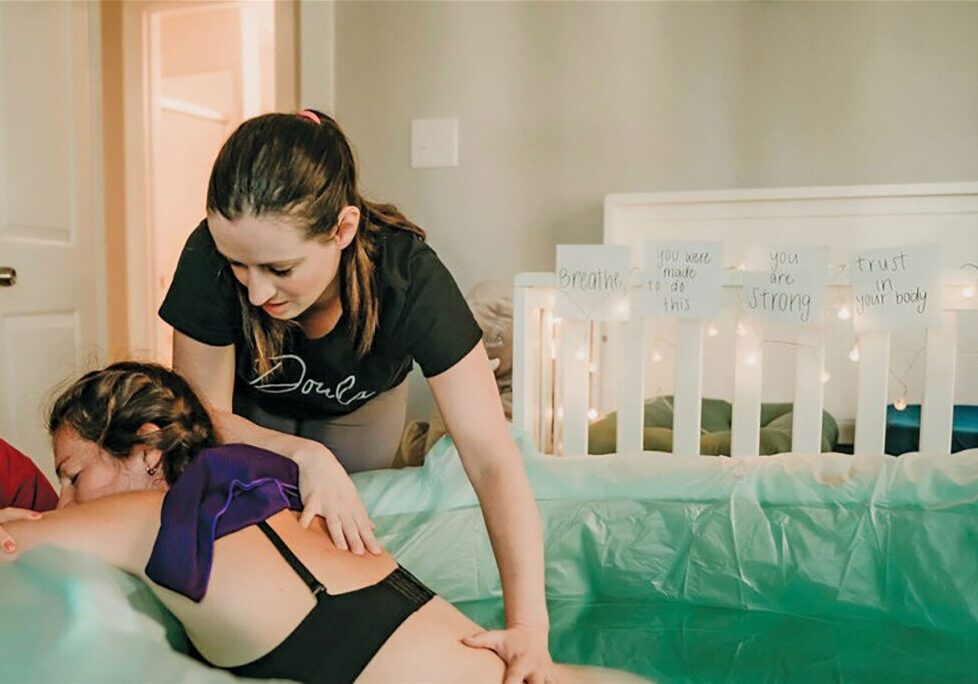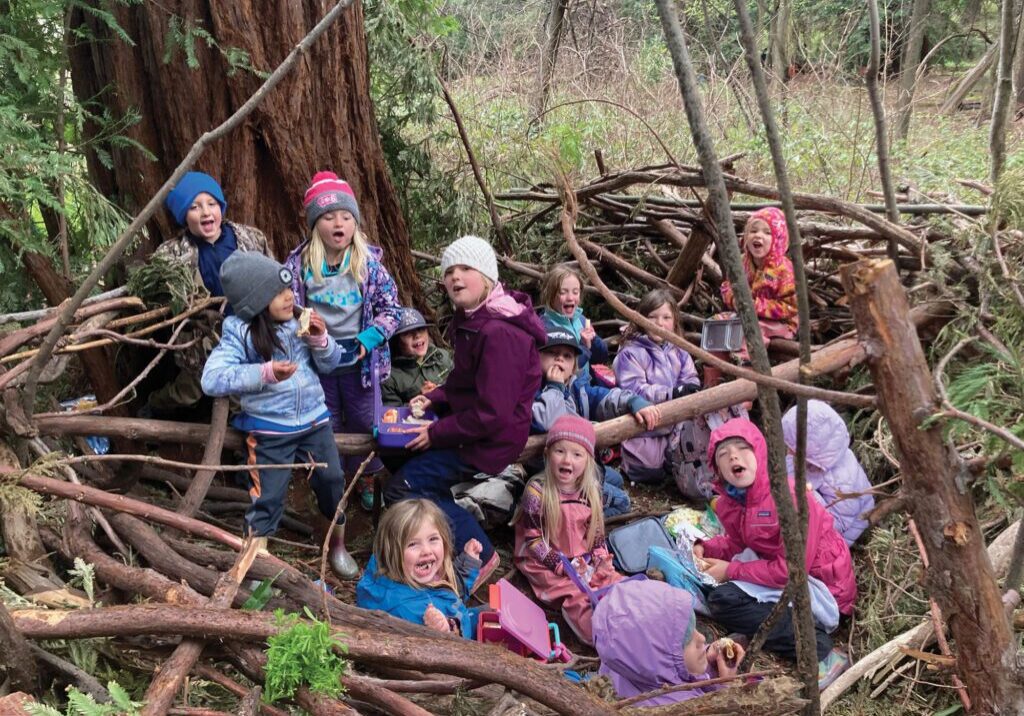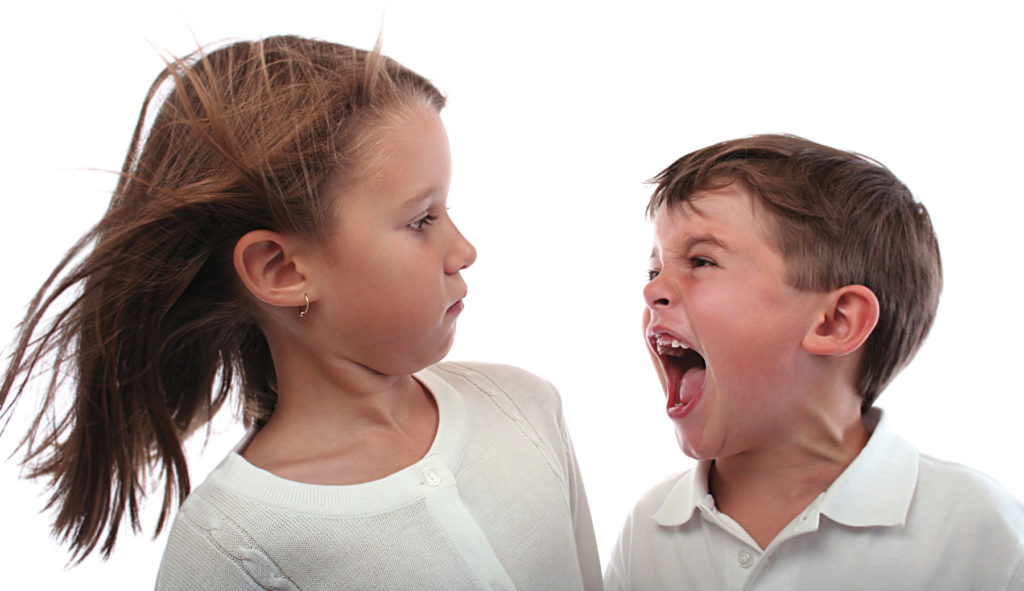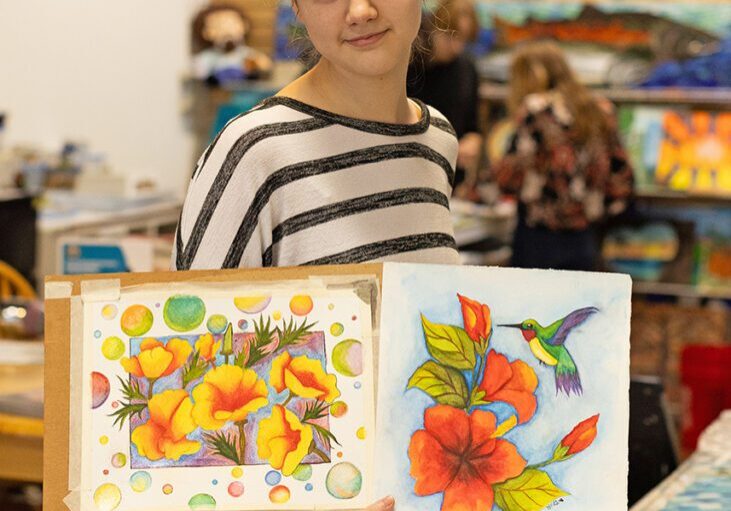Everyone has to deal with feelings of anger and frustration at times. While these feelings are normal, it is important to teach kids how to appropriately deal with them. Parents and kids can work as a team to come up with strategies for these situations. Working together to prepare a plan in advance will help children learn how to cool down and discuss why the feelings occurred. Once your child knows he can choose a technique to calm down, encourage him to use the same strategy each times he starts to get angry.
Here are some examples of this technique for each age group.
For toddlers up to age two
Prepare: Observe what calms your child. Is it snuggling up with a parent? What toys does he play with quietly? Make note of what is calming for your child and use these activities later when the child is upset.
Act: Children of this age do not understand their feelings. When the child becomes frustrated and angry, use one calming technique you observed. Sing a song, snuggle up with a book, get out a new toy, or start a new activity. Remain calm yourself and use a soothing voice while speaking to the child.
Discuss: Think about what caused the child’s anger and discuss with other caregivers what may be common frustrations for your child. If a toy is causing the child to become angry, simply remove it. If the child was overtired or hungry, adjust meals and bedtime. During the toddler years, tantrums are normal and may happen frequently. Try to remember this is one of the ways that toddlers are able to communicate their feelings. Be patient and know that this stage will pass as the child matures and their vocabulary develops.
For preschoolers age three to five
Prepare: On a calm day, talk with your preschooler about different types of feelings, giving names to them. Some find a chart or photos helpful when explaining. Discuss appropriate behavior when angry and talk about actions to help them calm down. Calming suggestions for preschoolers may include drawing a picture, playing with cars, doing a simple puzzle, singing and dancing to music, running, jumping, or hugs. Sherrie Hoffman of Hiawatha, KS says, “With my five-year-old, slow deep breaths help. Then, when he can talk, we discuss what has upset him.”
Act: When feelings of anger begin, ask them, in a calm voice, to try one of the techniques discussed earlier. Remind them you will talk about it when they are calm. Do not feed into their actions unless they are working on becoming calm.
Discuss: Later, ask the child to share why they became angry and come up with ideas of how to prevent the situation in the future. Remind them it is normal to feel angry at times and let them know you are proud of the way they used the techniques to calm down.
For school age children, six to eleven
Prepare: Discuss common triggers for your child and come up with a plan of how to handle them.Talk about the difference between appropriate and inappropriate anger. Like the preschool age, come up with a technique that helps calm the child and plan to use it when needed. Ideas for this age group could include: going to their bedroom and listening to their favorite music, kicking a soccer ball, swinging on the swing set, or screaming into a pillow.
Act: When the child becomes angry, calmly let them know that you see they are upset and would like to talk about it when they are calm. “We don’t talk about a problem until they are calm and if they get worked up while explaining what is wrong then we take deep breaths until they are calm again,” says Rachael Kennedy, mother of five.
Discuss: When the child has calmed down, listen to their frustrations. Let them know it is okay to feel angry and praise them for handling it well. Ask them what could have been different and come up with solutions as a team.
For teenagers 12 and older
Prepare: At this age the child may be aware of what sets them off and so may the parent. Try to problem solve how to avoid situations that make them angry. Come up with ways that they can calm down on their own. Ideas for this age include taking a walk, tidying up their room, listening to music, journaling, taking a shower or bath, or calling a friend to vent.
Act: Calmly mention that you see they are angry and ask them to please take a break from the situation until they can calm down. Give them space unless they want to talk and be patient. If appropriate, leave them alone in house to calm down.
Discuss: Later after everyone is ready, discuss what happened. Problem solve what a solution could be now or in the future. Come to a compromise about what could be different and ask them for as much input as possible.
The goal of these techniques is to teach kids that all feelings are normal, even anger. Teaching these techniques gives kids the tools they need to deal with anger in an appropriate way and teaches them how to use problem solving to work through a frustrating situation.
For every parent
It is no secret that our behavior as parents affects our kids. How a parent deals with feelings of anger can have a huge impact on how our children will react when they feel angry. Here are some tips to model appropriate behavior when those feelings occur:
- Walk away
- Take some deep breaths
- Keep a calm voice
- Use calm body language (no slamming doors or stomping around)
- Diffuse anger by doing a calming activity (tidy up, take a walk, splash water on your face)
- Fake it until you make it
- Make a commitment in advance to keep your cool
- Think about how your actions affect your kids
- Acknowledge that it is normal for children to push your buttons
- Try to see the humor in the situation
Posted in: Family Life & Support, Youth & Teen
Comment Policy: All viewpoints are welcome, but comments should remain relevant. Personal attacks, profanity, and aggressive behavior are not allowed. No spam, advertising, or promoting of products/services. Please, only use your real name and limit the amount of links submitted in your comment.
You Might Also Like...

Chico’s Festival of Roses Welcomes Young Rose Lovers
The annual Festival of Roses, hosted by the Butte Rose Society, is set for 1-4:30 pm, October 30 at the Chico Community Center, 545 Vallombrosa Ave. Several events are designed […]

How Doulas Can Help Moms and Families During and After Childbirth
According to the nonprofit doula organization, DONA International (DONA.org), “From the beginning of time, people have been cared for and nurtured during pregnancy, birth and postpartum. Family, friends and neighbors […]

Teaching Our Children to Care for the Earth
“We are born with a connection to nature,” says Tim Corcoran in his book The Earth Caretaker Way. “But as we grow, we may lose conscious touch with that […]

To My Teenage Son: What I Want For Mother’s Day From You
I know better than to expect a handmade card from you this year. Or a necklace made out of macaroni noodles or a stone painted with the words, “Mom, you […]





